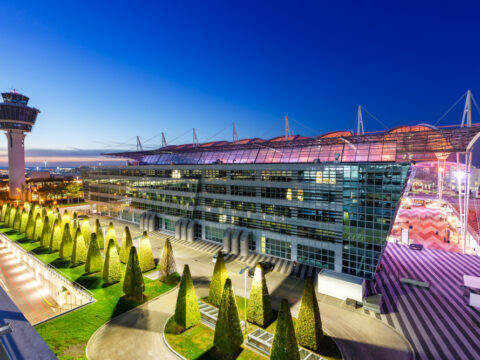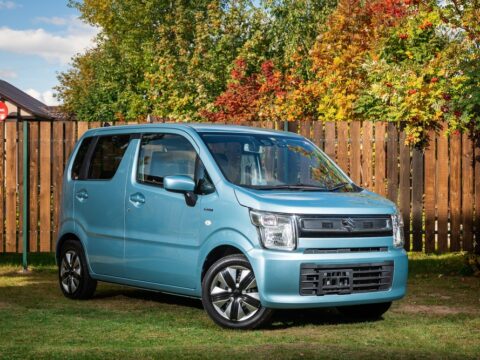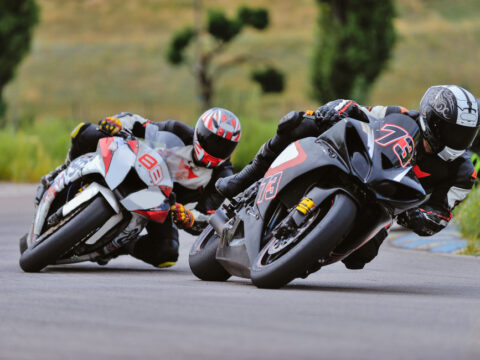Train models, like all technology, eventually become outdated and are replaced by more advanced systems. Here are some defunct train models that are now obsolete, reflecting the progress and changes in railway technology over the years.
Contents
Pennsylvania Railroad GG1
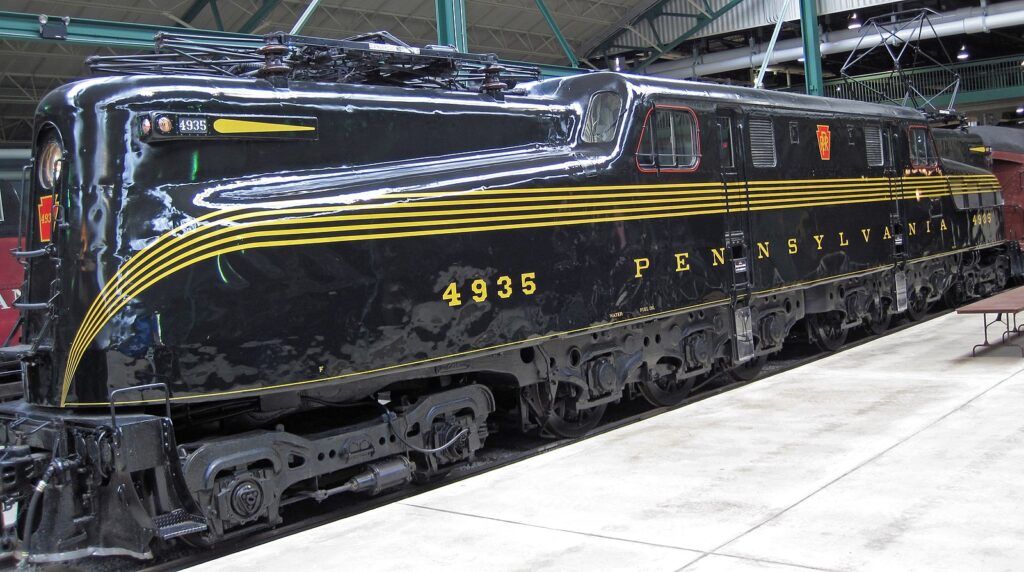
The Pennsylvania Railroad GG1, introduced in 1934, was an electric locomotive designed for high-speed passenger service. Designed by Raymond Loewy, the GG1 featured a sleek, streamlined body and a powerful 4,620 horsepower engine. Capable of reaching speeds of up to 100 mph, the GG1 served the Northeast Corridor for several decades. However, by the early 1980s, the GG1 was retired due to its age, maintenance costs, and the availability of more modern electric locomotives. Its obsolescence marked the end of an era for one of America’s most iconic electric locomotives.
British Rail Class 43 (HST)
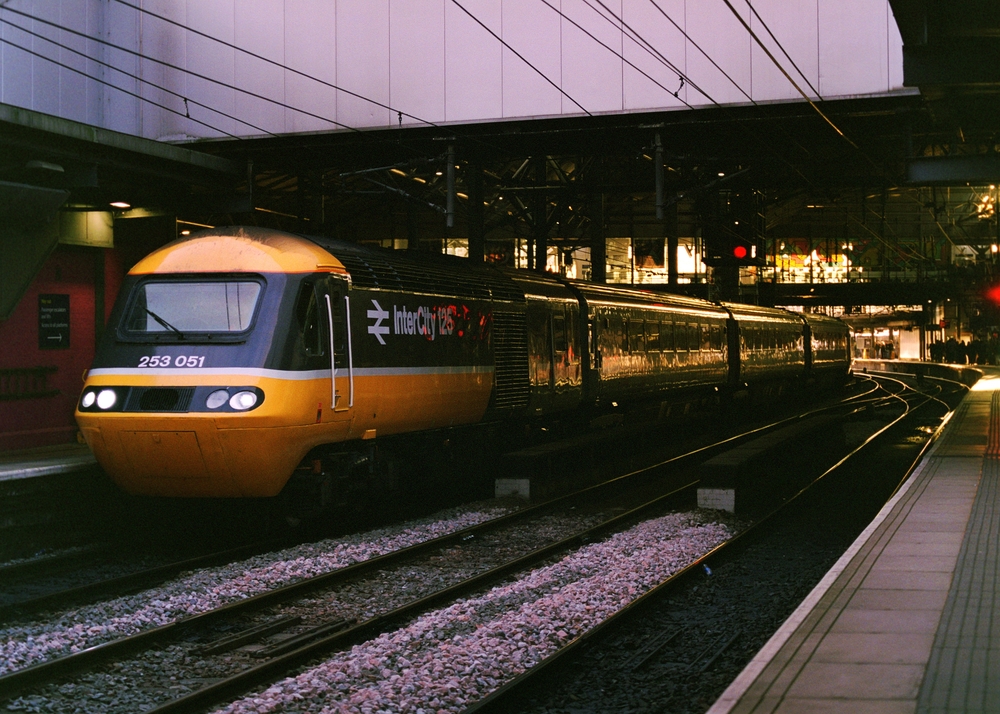
The British Rail Class 43, also known as the High-Speed Train (HST), was introduced in 1976 and revolutionized high-speed rail travel in the UK. Powered by a 2,250 horsepower Paxman Valenta diesel engine, the HST could reach speeds of 125 mph. Despite its success, advancements in rail technology and the introduction of newer high-speed trains like the Class 800 have rendered the Class 43 obsolete. Many units have been retired, with some preserved for heritage railways, marking the end of an iconic era in British rail history.
New York Central Hudson
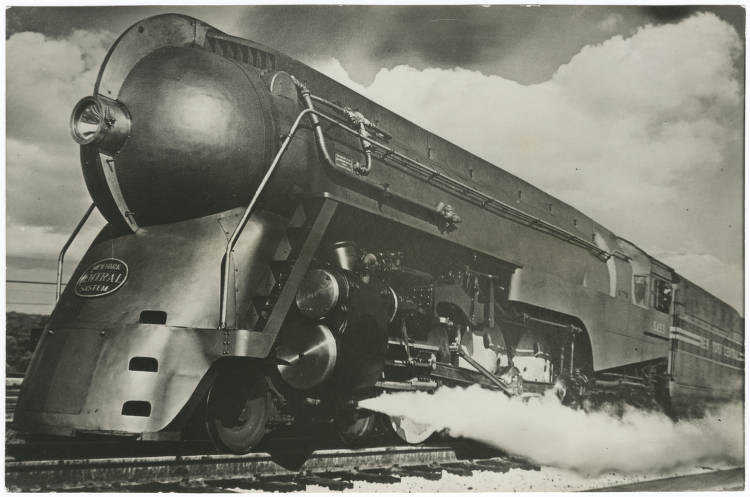
The New York Central Hudson was a steam locomotive introduced in 1927, known for its distinctive streamlined design and powerful performance. Powered by a 4-6-4 wheel arrangement and capable of hauling heavy passenger trains at high speeds, the Hudson was a symbol of American railroading during the steam era. However, the advent of diesel-electric locomotives in the 1950s led to the retirement of the Hudsons. Their high maintenance costs and the efficiency of diesel engines rendered them obsolete, ending the reign of one of the most famous steam locomotives.
SNCF Class CC 7100
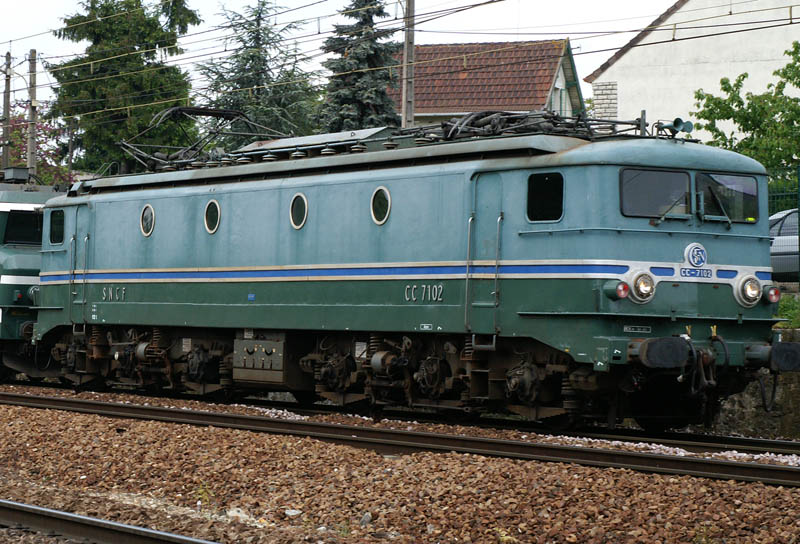
The SNCF Class CC 7100 was a French electric locomotive introduced in the 1950s, known for its high-speed capabilities and modern design. Powered by a 3,800 horsepower engine, the CC 7100 set speed records in the 1950s, reaching up to 206 mph. Despite its groundbreaking performance, the CC 7100 was eventually retired in the 1980s due to the introduction of more advanced high-speed trains like the TGV. The locomotive’s obsolescence marked the transition to newer, more efficient high-speed rail technology in France.
Union Pacific Big Boy
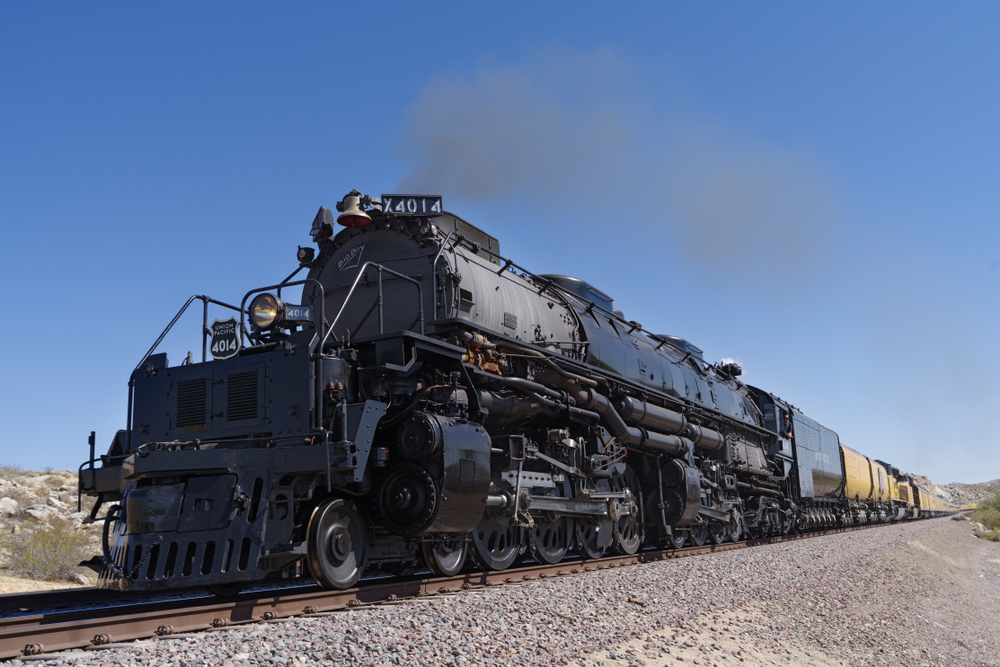
The Union Pacific Big Boy, introduced in 1941, was one of the largest and most powerful steam locomotives ever built. With a 4-8-8-4 wheel arrangement and capable of producing over 6,000 horsepower, the Big Boy was designed for hauling heavy freight over the mountainous terrain of the western United States. However, by the late 1950s, diesel-electric locomotives had become more economical and efficient, leading to the retirement of the Big Boys. Their obsolescence marked the end of the steam era for Union Pacific.
London Underground 1938 Stock
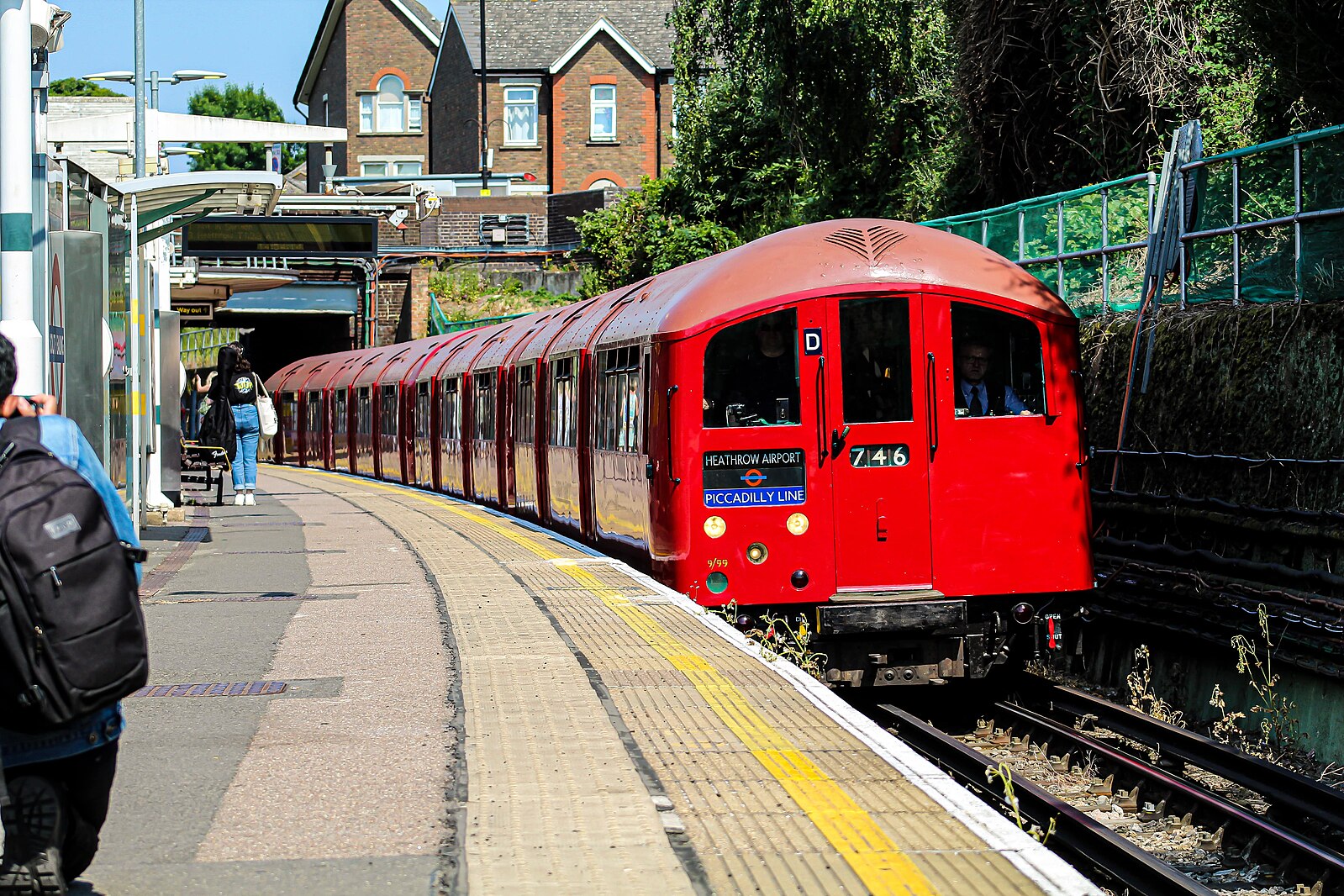
The London Underground 1938 Stock was introduced for the Northern and Bakerloo lines, known for its Art Deco design and reliable performance. These trains were powered by 600V DC electric motors and served London commuters for several decades. By the 1980s, the 1938 Stock was gradually replaced by newer models due to advancements in technology and the need for more modern, efficient trains. The obsolescence of the 1938 Stock marked the transition to contemporary rolling stock on the London Underground.
Deutsche Reichsbahn DR Class 01
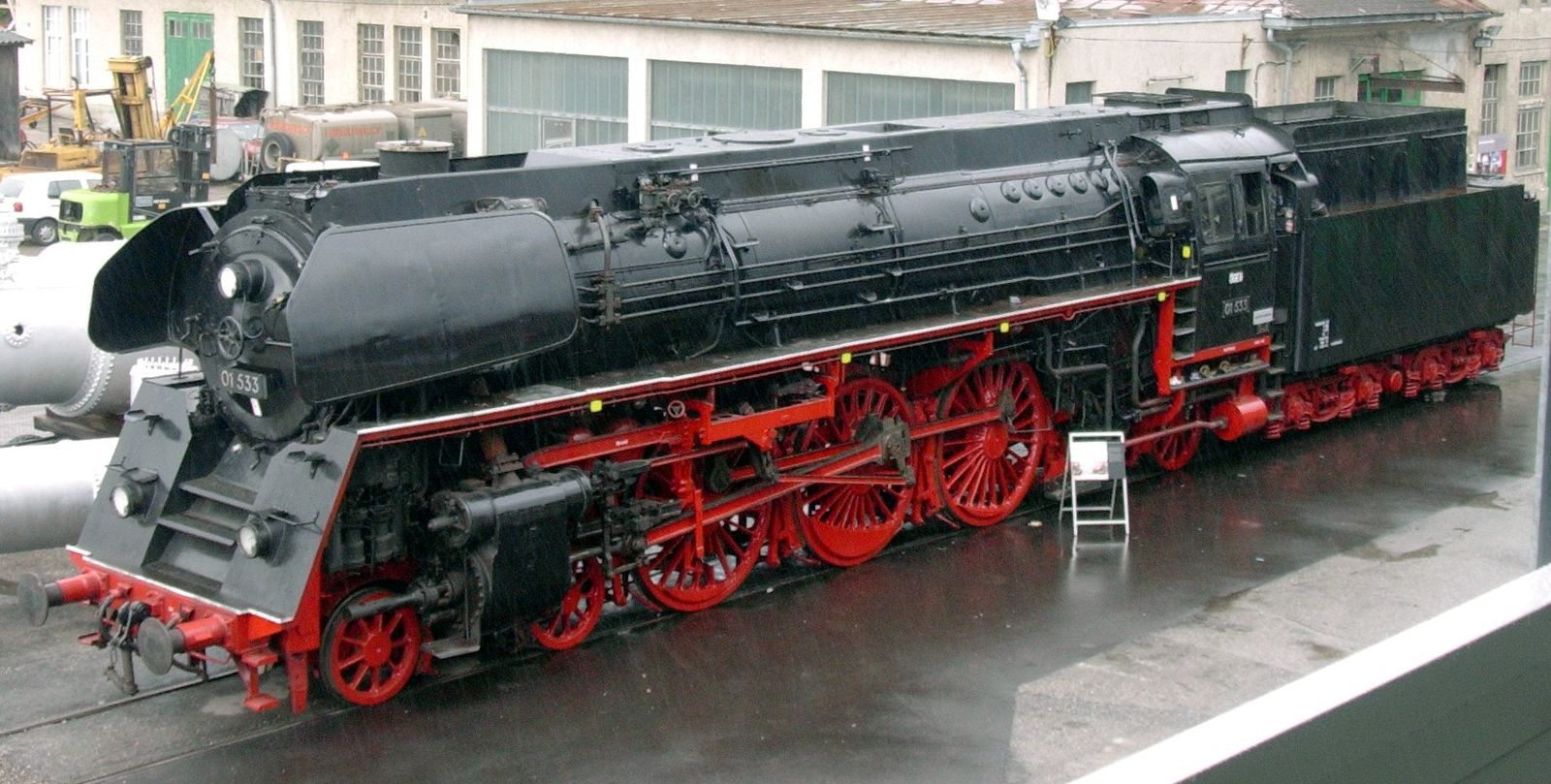
The Deutsche Reichsbahn DR Class 01, introduced in 1926, was a German steam locomotive designed for high-speed passenger service. With a 4-6-2 wheel arrangement and capable of reaching speeds up to 90 mph, the Class 01 was a symbol of German engineering prowess. However, by the 1960s, the rise of diesel and electric locomotives led to the retirement of the Class 01. Its obsolescence marked the end of the steam era in Germany and the transition to more modern rail technology.
Japanese National Railways Series 0 Shinkansen
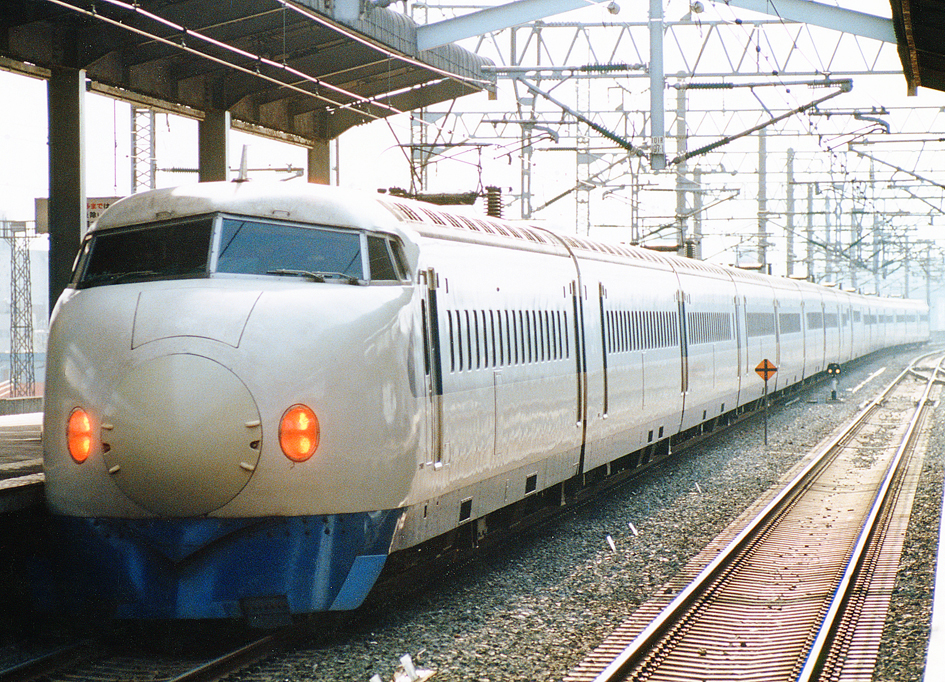
The Series 0 Shinkansen, introduced in 1964, was the world’s first high-speed train, capable of reaching speeds of 130 mph. Powered by a 25 kV AC electric system, the Series 0 revolutionized rail travel in Japan. However, advancements in high-speed rail technology and the introduction of newer Shinkansen models led to the retirement of the Series 0 in 2008. Its obsolescence marked the end of the first generation of high-speed trains and the beginning of more advanced and efficient models.
Amtrak AEM-7

The Amtrak AEM-7, introduced in 1980, was an electric locomotive used primarily on the Northeast Corridor. Powered by a 7,000 horsepower engine, the AEM-7 was capable of speeds up to 125 mph and became known as the “Toaster” due to its boxy design. Despite its reliability and performance, the AEM-7 was gradually retired by 2016 in favor of the newer ACS-64 locomotives, which offered improved efficiency, performance, and safety features. The retirement of the AEM-7 marked the end of an era for Amtrak’s electric fleet.
Southern Pacific Cab-Forward

The Southern Pacific Cab-Forward, introduced in the 1920s, was a unique steam locomotive designed for the challenging terrain of the Sierra Nevada mountains. Featuring a 4-8-8-2 wheel arrangement, the Cab-Forward placed the engineer and fireman at the front of the locomotive, improving visibility and ventilation in tunnels. Despite its innovative design and powerful performance, the rise of diesel-electric locomotives in the 1950s led to the retirement of the Cab-Forwards. Their obsolescence marked the end of a distinctive era in American steam railroading.
British Rail Class 121
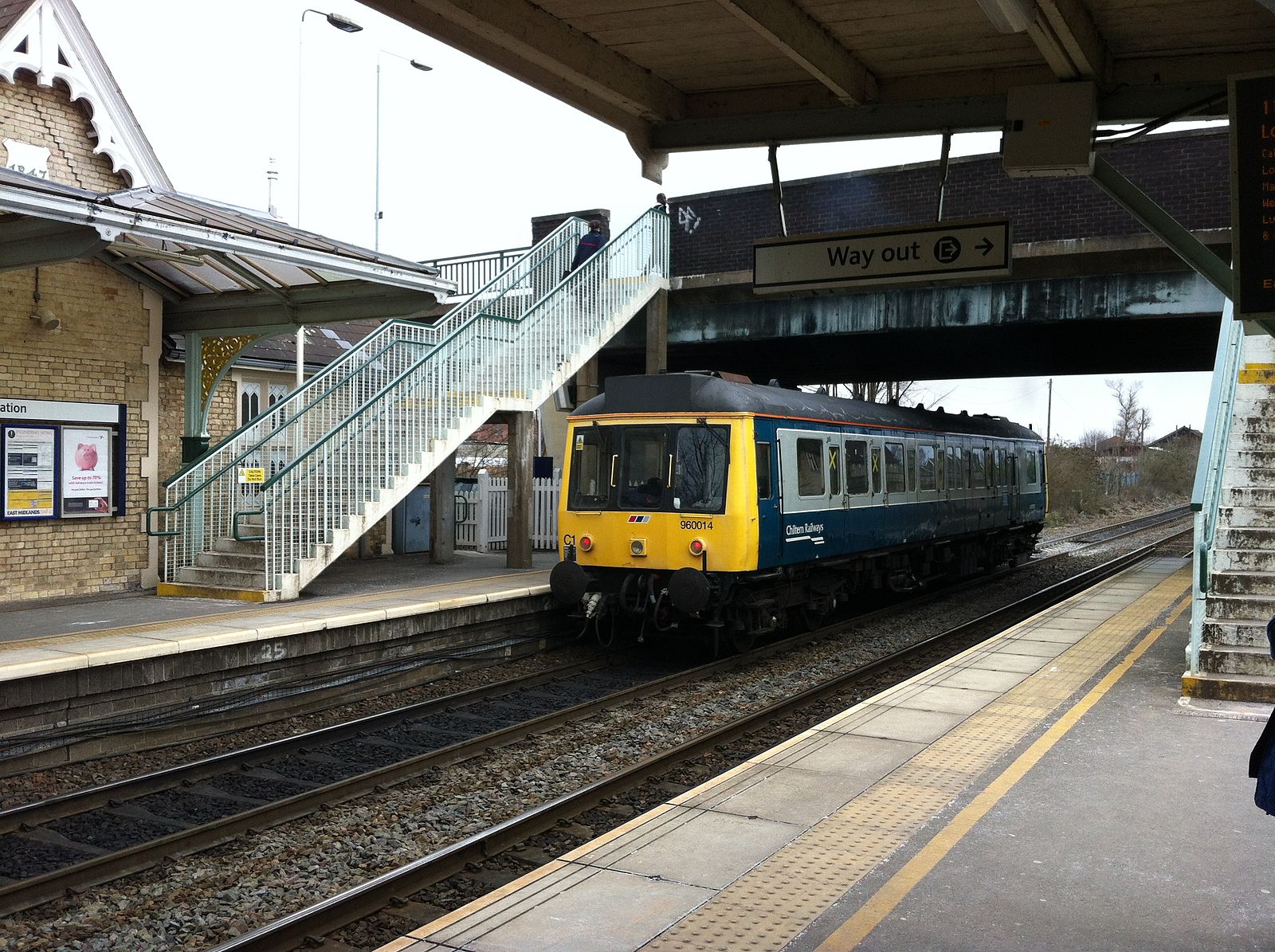
The British Rail Class 121, introduced in 1960, was a single-car diesel multiple unit (DMU) known for its versatility and reliability. Powered by a 238 horsepower engine, the Class 121 served on rural and branch lines across the UK. Despite its popularity, the introduction of more modern and efficient DMUs led to the gradual retirement of the Class 121 by 2017. Its obsolescence marked the end of a long-standing era of single-car DMUs in British rail history.
New York Central Niagara

The New York Central Niagara, introduced in 1945, was a powerful steam locomotive designed for high-speed passenger service. With a 4-8-4 wheel arrangement and capable of producing 6,700 horsepower, the Niagara was one of the most advanced steam locomotives of its time. However, the rapid adoption of diesel-electric locomotives in the 1950s rendered the Niagara obsolete. Its high maintenance costs and the efficiency of diesel engines led to its retirement, marking the end of an era for New York Central’s steam fleet.
SNCF TGV Sud-Est
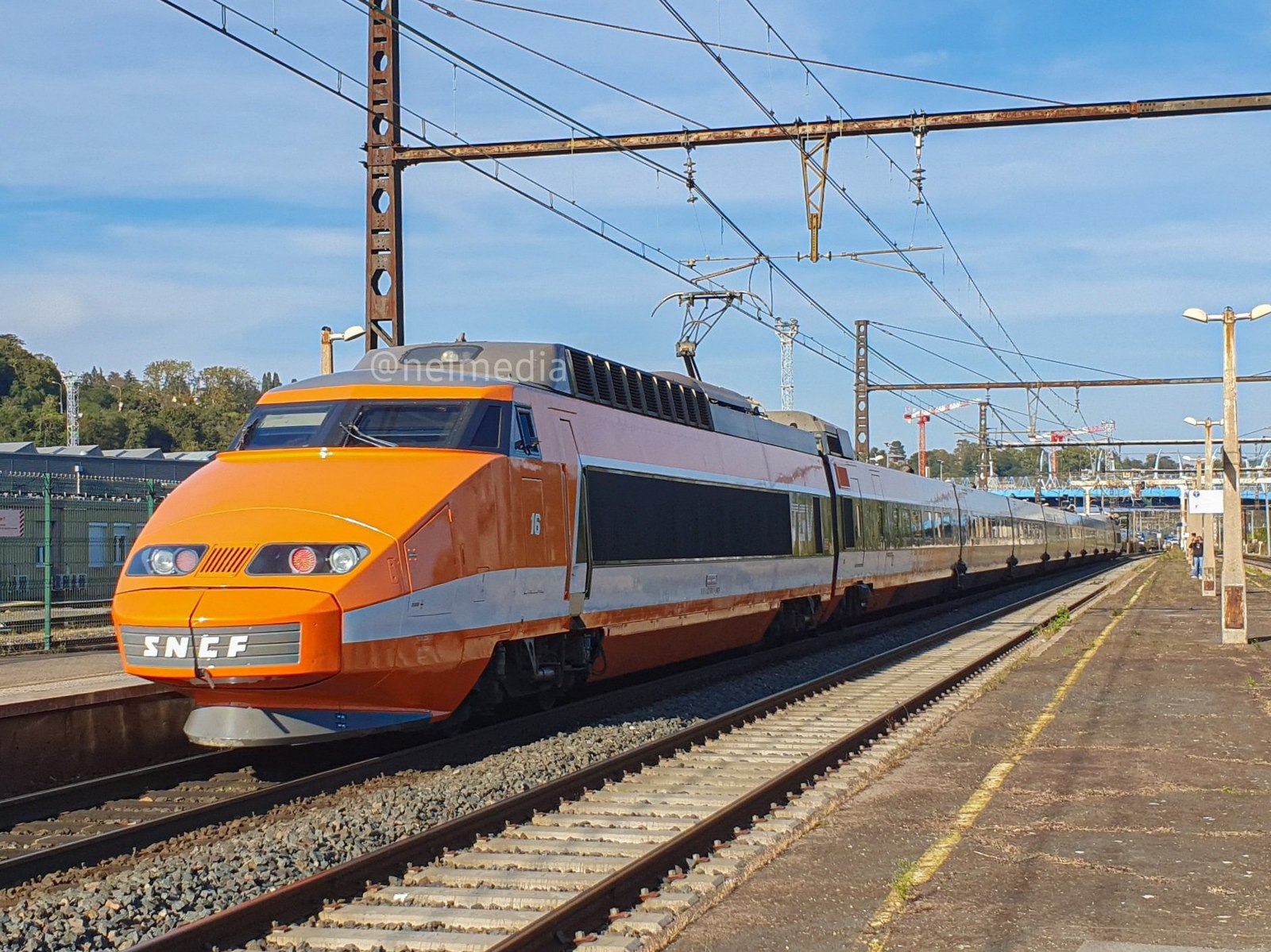
The SNCF TGV Sud-Est, introduced in 1981, was the first generation of France’s high-speed trains, capable of reaching speeds of 186 mph. Powered by a 6,450 kW electric system, the TGV Sud-Est revolutionized rail travel in Europe. However, advancements in high-speed rail technology and the introduction of newer TGV models led to the gradual retirement of the TGV Sud-Est by 2013. Its obsolescence marked the transition to more advanced and efficient high-speed trains in France.
Pennsylvania Railroad K4
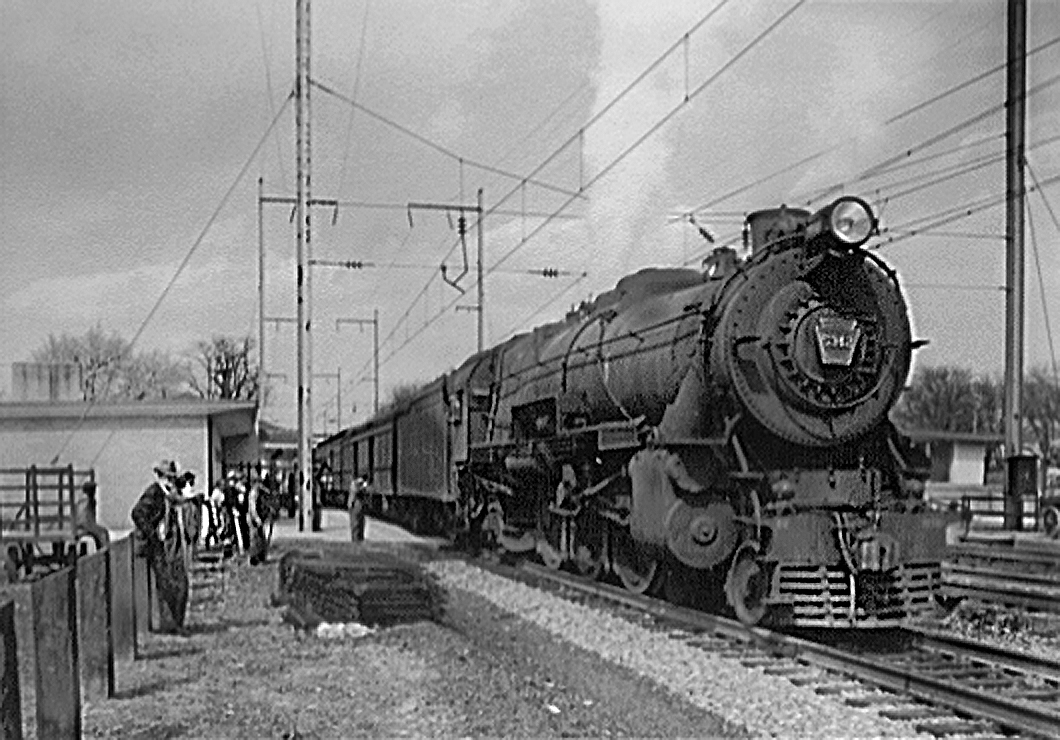
The Pennsylvania Railroad K4, introduced in 1914, was a steam locomotive designed for high-speed passenger service. With a 4-6-2 wheel arrangement and capable of reaching speeds up to 90 mph, the K4 was a workhorse of the Pennsylvania Railroad. However, the rise of diesel-electric locomotives in the 1950s led to the retirement of the K4. Its obsolescence marked the end of the steam era for the Pennsylvania Railroad and the transition to more modern rail technology.
Canadian Pacific Royal Hudson
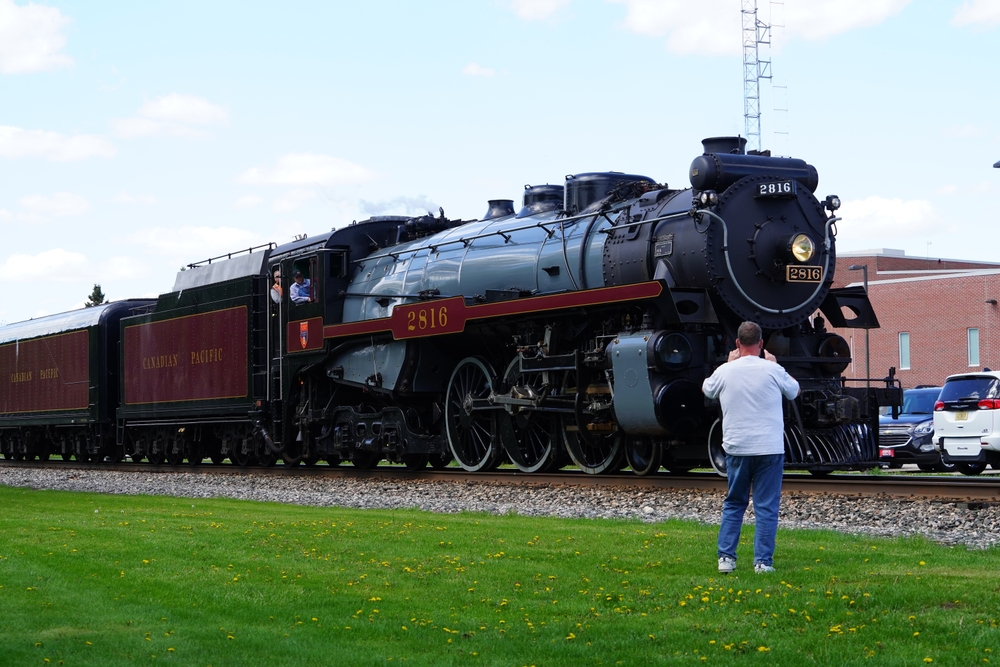
The Canadian Pacific Royal Hudson, introduced in 1937, was a steam locomotive known for its sleek, streamlined design and powerful performance. With a 4-6-4 wheel arrangement and capable of speeds up to 90 mph, the Royal Hudson was a symbol of Canadian railroading during the steam era. However, the advent of diesel-electric locomotives in the 1950s led to the retirement of the Royal Hudsons. Their obsolescence marked the end of a distinctive era in Canadian steam railroading.
Deutsche Bundesbahn V200
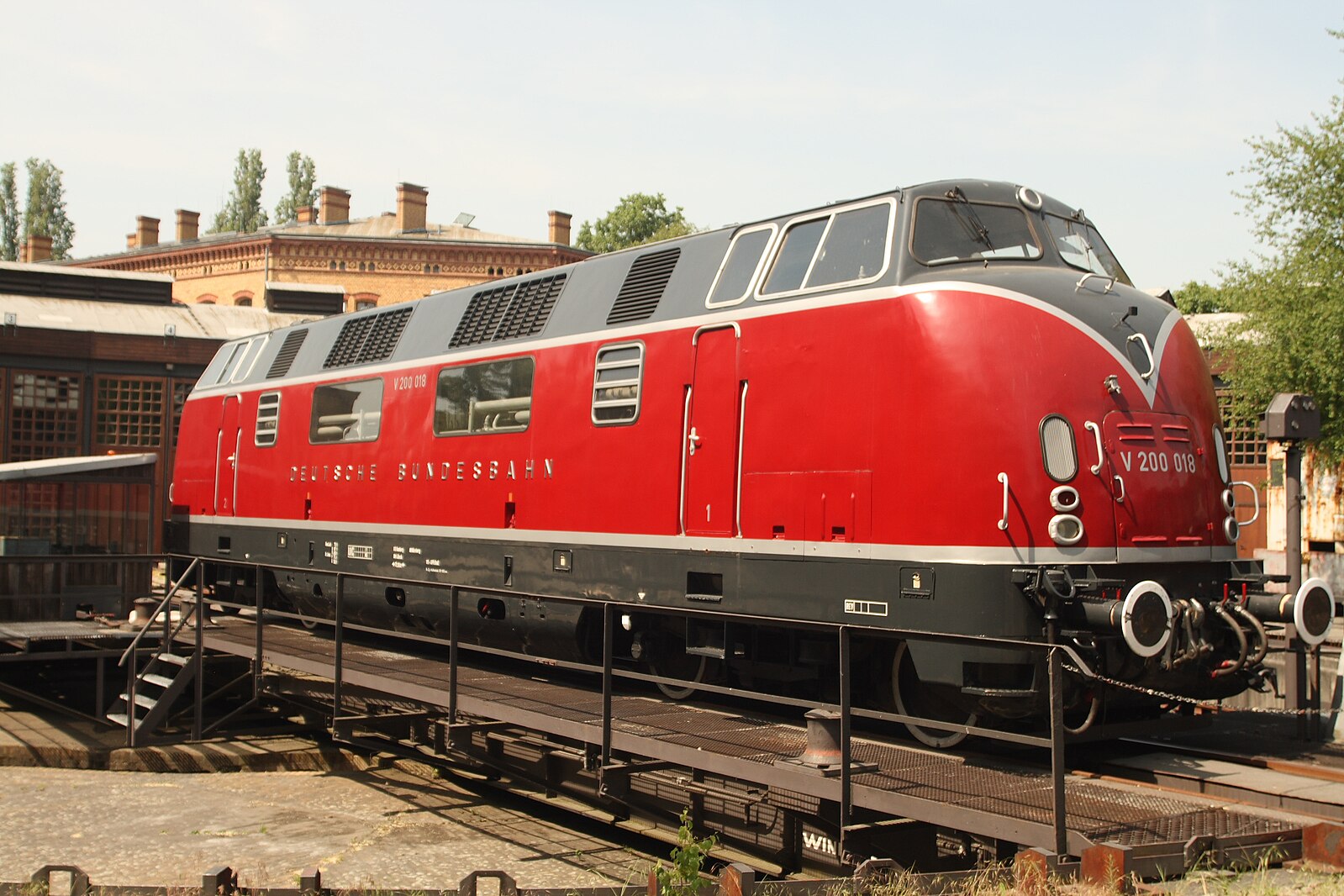
The Deutsche Bundesbahn V200, introduced in the 1950s, was a diesel-hydraulic locomotive designed for passenger and freight service in West Germany. Powered by two 1,100 horsepower engines, the V200 was known for its reliability and versatility. However, the introduction of more modern diesel-electric locomotives and the electrification of many rail lines led to the retirement of the V200 by the 1980s. Its obsolescence marked the transition to more advanced and efficient locomotive technology in Germany.
Japanese National Railways D51

The Japanese National Railways D51, introduced in 1936, was a steam locomotive designed for freight service. With a 2-8-2 wheel arrangement and a powerful engine, the D51 was known for its reliability and performance. However, the rapid modernization and electrification of Japan’s rail network in the 1960s led to the retirement of the D51. Its obsolescence marked the end of the steam era in Japan and the transition to more modern rail technology.
Italian State Railways E444
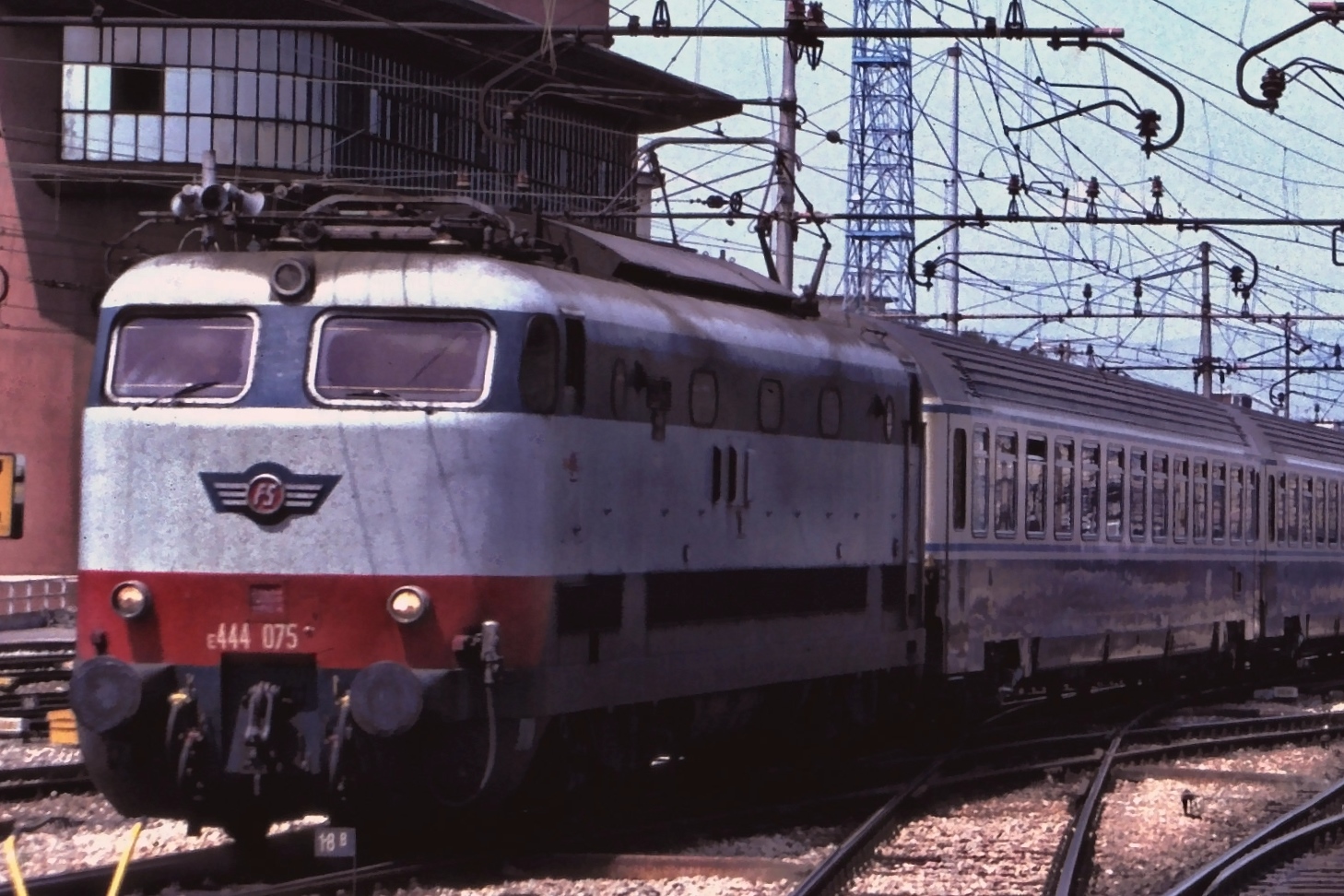
The Italian State Railways E444, introduced in the late 1960s, was an electric locomotive known as “Tartaruga” (Turtle) due to its distinctive streamlined design. Powered by a 4,420 horsepower engine, the E444 was capable of speeds up to 124 mph and was used primarily for high-speed passenger service. However, advancements in electric locomotive technology and the introduction of newer models like the ETR 500 led to the retirement of the E444 by the early 2000s. Its obsolescence marked the transition to more advanced high-speed rail technology in Italy.
British Rail Class 50

The British Rail Class 50, introduced in the late 1960s, was a diesel-electric locomotive designed for high-speed passenger service. Powered by a 2,700 horsepower engine, the Class 50 was capable of speeds up to 100 mph. Despite its performance, the introduction of more modern electric locomotives and the electrification of major rail lines led to the retirement of the Class 50 by the early 1990s. Its obsolescence marked the end of an era for diesel-electric passenger locomotives on British Rail.
Santa Fe Super Chief
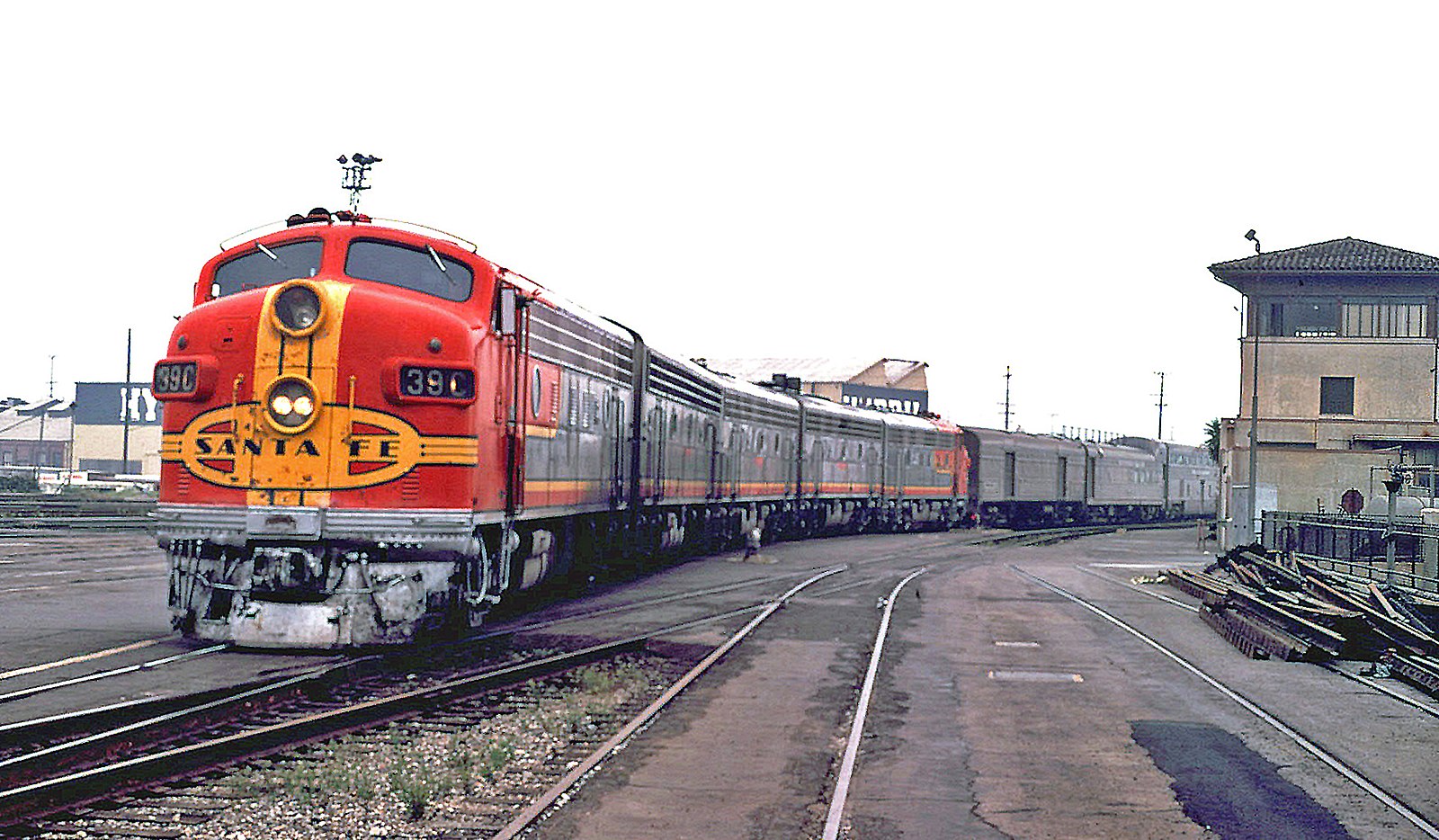
The Santa Fe Super Chief, introduced in 1936, was a luxury passenger train known for its streamlined design and top-notch service. Powered by diesel-electric locomotives, the Super Chief offered a fast and comfortable journey between Chicago and Los Angeles. However, the rise of air travel and the decline of passenger rail service in the 1960s led to the discontinuation of the Super Chief in 1971. Its obsolescence marked the end of a golden age of luxury train travel in the United States.
This article originally appeared in MyCarMakesNoise.
More from MyCarMakesNoise
15 Crucial Motorcycle Care Tips for Every Rider
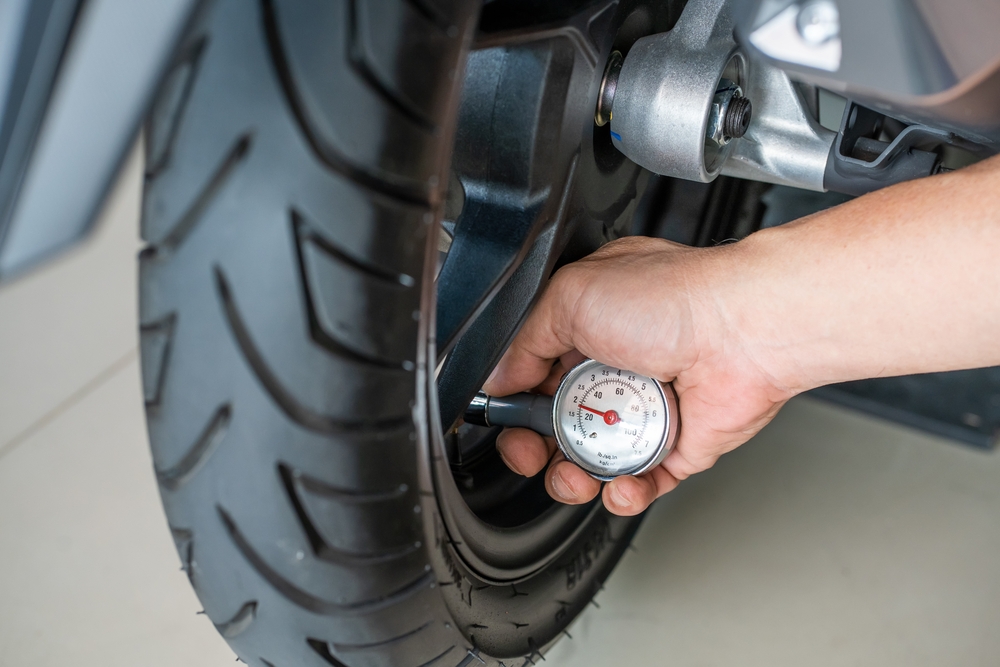
Maintaining your motorcycle is crucial for ensuring a smooth and safe ride every time you hit the road. Whether you’re a seasoned rider or just starting out, knowing the basics of motorcycle upkeep can save you time, money, and potential headaches. Read More.
20 Classic Cars Still Popular Today
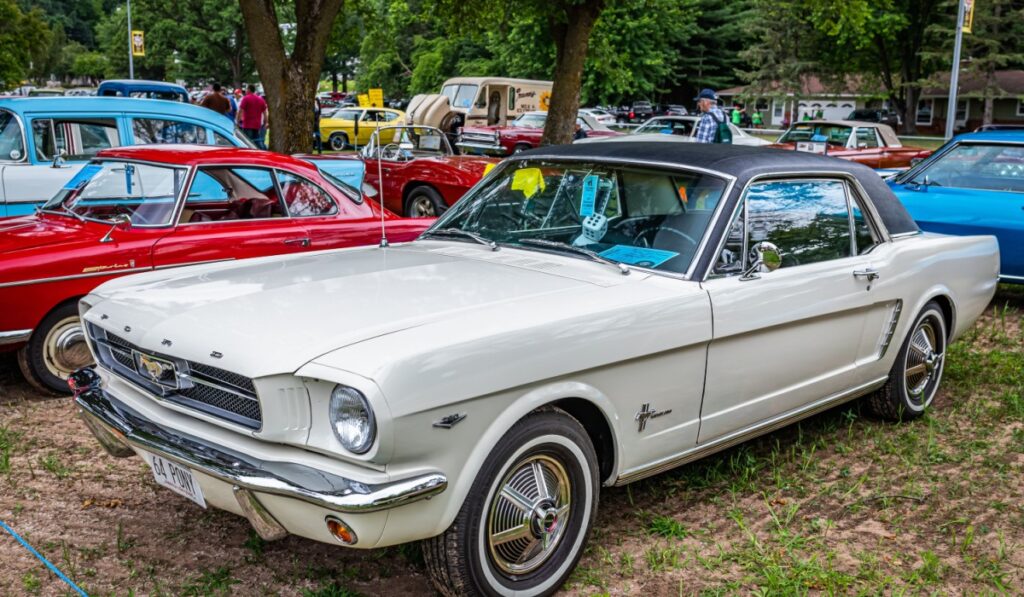
Classic cars have a timeless appeal that continues to captivate enthusiasts and collectors alike. Despite the decades that have passed, some models remain as popular today as they were when they first rolled off the assembly line. Read More.
15 Underrated Airplanes for Private Pilots
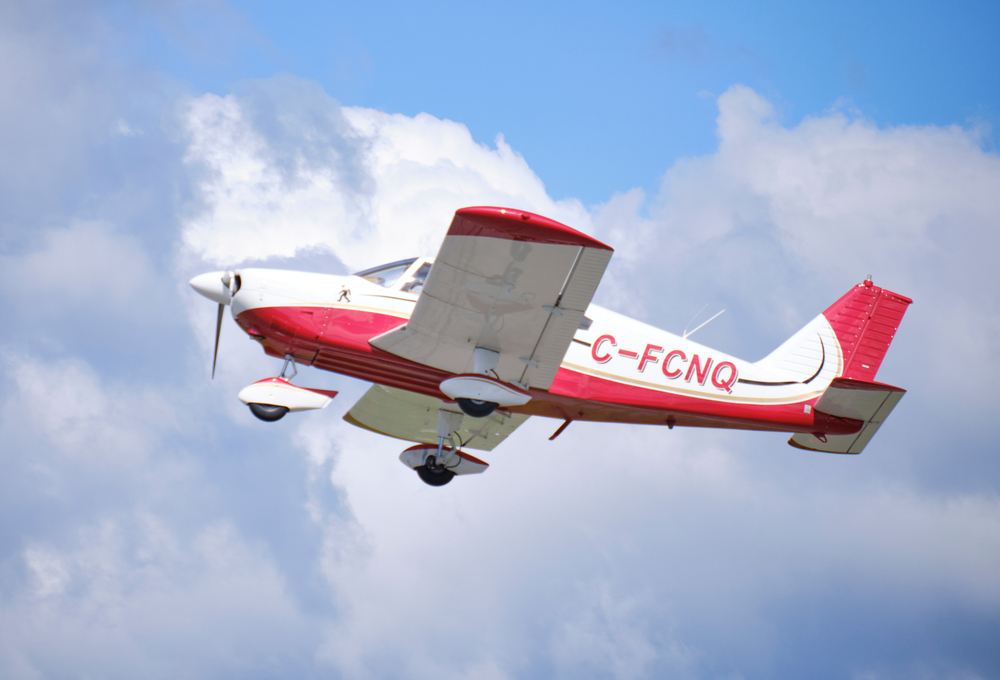
When it comes to choosing an airplane, many private pilots gravitate toward well-known models, leaving some truly remarkable aircraft overlooked. This list highlights 15 underrated airplanes that offer exceptional performance, reliability, and unique features. Read More.

